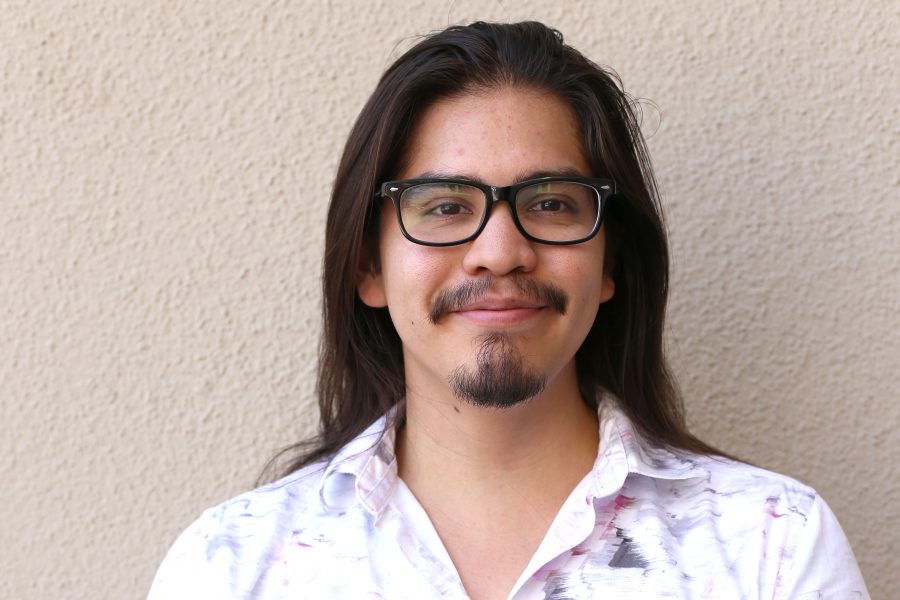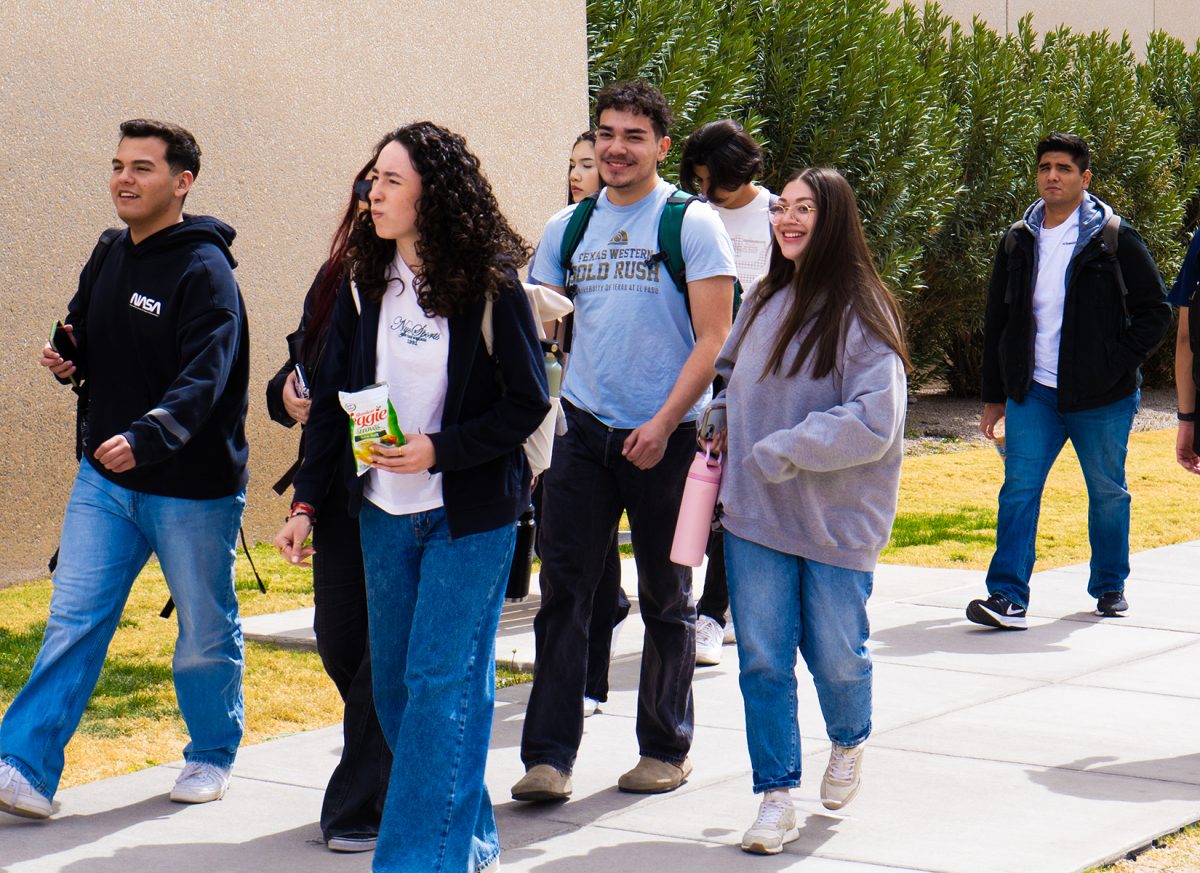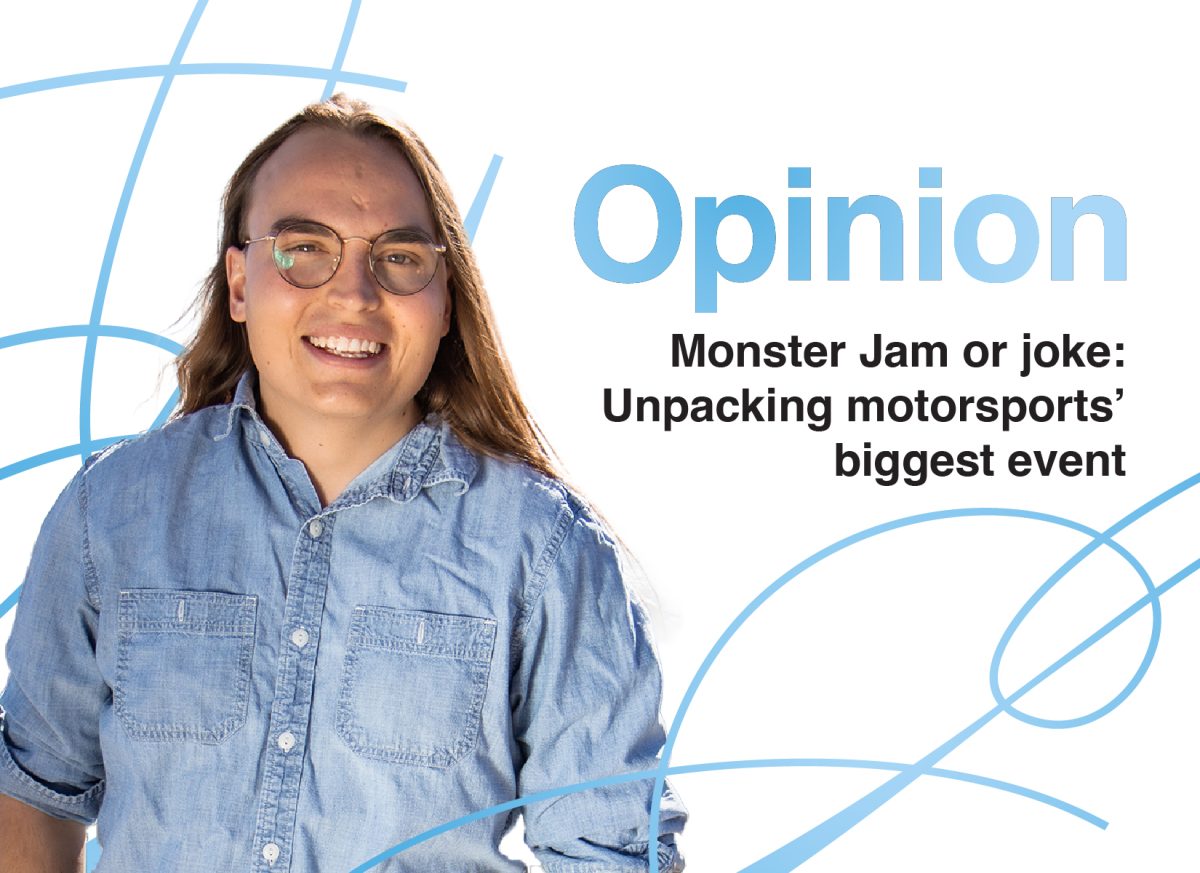“Beauty and the Beast,” which was released last week, is a live adaption of the classic Disney movie starring Emma Watson as Belle and Dan Stevens as the Beast. It would be ridiculous to expect Disney to mess with their classic tale, and they didn’t stray from the source material very much. Instead, it was a revamped and digitized take on a classic that introduced very few new elements, but still managed to feel like a different movie.
The casting was, for the most part, excellent. Watson played Belle perfectly, and who else is so well prepared to play a headstrong bookworm than her? Gaston, played by Luke Evans, who looks like he was born to play this role, was…well there’s no one like Gaston. Playing a caricature of a narcissistic self-indulgent man-child is hard enough, the character can become predictable or even stale, but Evans, like most of the casting, has managed to breathe new life into an old character.
That’s not to say the acting was perfect, the montage of Beauty and the Beast falling for one another felt forced and rushed. But what really took away from the movie was the overabundance of CGI. Now, one should allow some leeway because a talking clock, teacup and singing wardrobe aren’t exactly easy to find. But good CGI does not remind you that you are watching a bunch of computer programs flying around you, and some scenes, like the “Be our Guest” song, suffered because of it. By the end of the song, I could no longer tell what was a napkin and what was a wine glass because the scene was just too chaotic. Belle’s skin tone also changed several times throughout the movie as she moved from real life to CGI, which was a bit distracting and I ended up looking for what other obvious signs I could spot.
As with any movie, there was some controversy surrounding it. Gaston’s bestie, LeFou, who loved nothing more than to get drunk and sing about his friend’s bulging muscles turned out to be gay–go figure. And people who still use phrases such as “normalizing homosexuality” to mean something negative are against it–go figure. What upset me, besides the fact that we’re talking about this in 2017 not 1917, is how tame LeFou’s “gay scene” turned out to be. I actually had to look it up because I thought I missed it. I won’t spoil the “big surprise,” but then, what should I expect? The entire movie is a heterosexual love tale and, barring the obvious bestiality and Stockholm syndrome comments, it’s silly that in acknowledging a gay character, LeFou’s own story was lost in the chatter. Here is a man who went to war with somebody, who was in love with somebody, and who was even an accessory to attempted murder for that person. Yet in the end, he thought that enough was enough and he was going to fight for the right side; that should be the most interesting part about LeFou.
“Beauty and the Beast” is, above all, a moral tale, and by the end of the movie it is clear what the lesson is: read lots of books if you want to end up in a sweet castle. Also beauty is not skin deep, I mean, in this case, both characters turn out to be gorgeous, but that’s beside the point. It’s important to remember that while movies are entertainment, a good story has something you can take away from it, and there are a lot of good lessons scattered throughout this classic tale.






